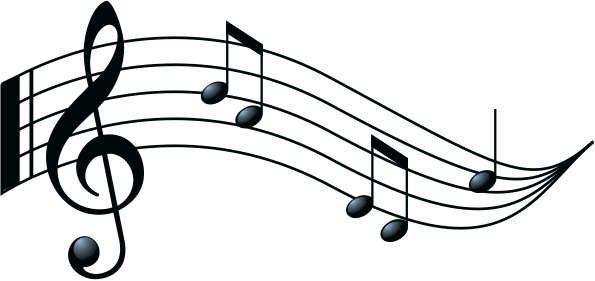By Glen R. Goodhand
With the St. Jean-Baptiste Day celebrations scheduled for June 24, 1880, the Honourable Theodore Robitaille contemplated the introduction of a national hymn. At first there was thought of having a public competition, but the idea was left until too late. So, as Quebec’s Lieutenant Governor, he commissioned Adolf-Basile Routhier to pen lyrics, and composer Calixa Lavallee to write a compatible melody.
Routhier, a Superior Court Magistrate, and eventually the province’s Chief Justice, was better known as a poet, and was the logical choice to write the words. Lavallee, who spread his wings in the U.S.A. before settling back in Canada, became known as ‘Canada’s National Musician’. He too had earned the right for this distinct honour.
t was first sung, in French, at a banquet, the climax of a ‘Mosaique sur des airs popular canadiens’. It was well-received, but seemed not to make a lasting impression at the time.
English Canada probably first heard ‘O Canada’, when school children sang it on the occasion of the Duke and Duchess of Cornwall (later King George V and Queen Mary) touring the nation in 1901. At least three English versions or adaptations were subsequently published in the next seven years.
But the one which received the widest acceptance was penned in 1908 by Robert Stanley Weir, another judge, and later a member of the Federal Court of Canada. With one or two variations, it became the standard rendition sung at various public functions. By the time the First World War had broken out, Weir’s variation had become the nation’s best-known patriotic song, edging out ‘The Maple Leaf Forever’. By 1924, it was held as the formal anthem with which to open lodge meetings, for example; and in 1927 it was authorized for singing in Canadian schools.
This long-standing version is printed in the ‘lyrics’ section of this article.
‘God Save The King’ was still retained, even as late as the 1960s, as a pre-game ceremony, for instance, at hockey matches in arenas all over the Dominion. A very fine line of distinction was formally set by the Honourable Lester B. Pearson’s Liberal government: ‘O Canada’ was the national anthem, while ‘God Save The Queen’ was the royal Anthem.
By 1967, Canada’s centennial year, a special joint committee formally recommended that the musical score be accepted as the rightful national anthem — but the lyrics were to be reviewed. As a result, the rewording became the official rendition from June 1980.
Originally the words following ‘The True North, strong and free’ were:
“And stand on guard, O Canada, we stand on guard for thee;
O Canada, glorious and for thee.
O Canada we stand on guard for thee.”
The current rendition is:
“From far and wide, O Canada, we stand on guard for thee.
God keep our land, glorious and free!
O Canada, we stand on guard for thee!”

